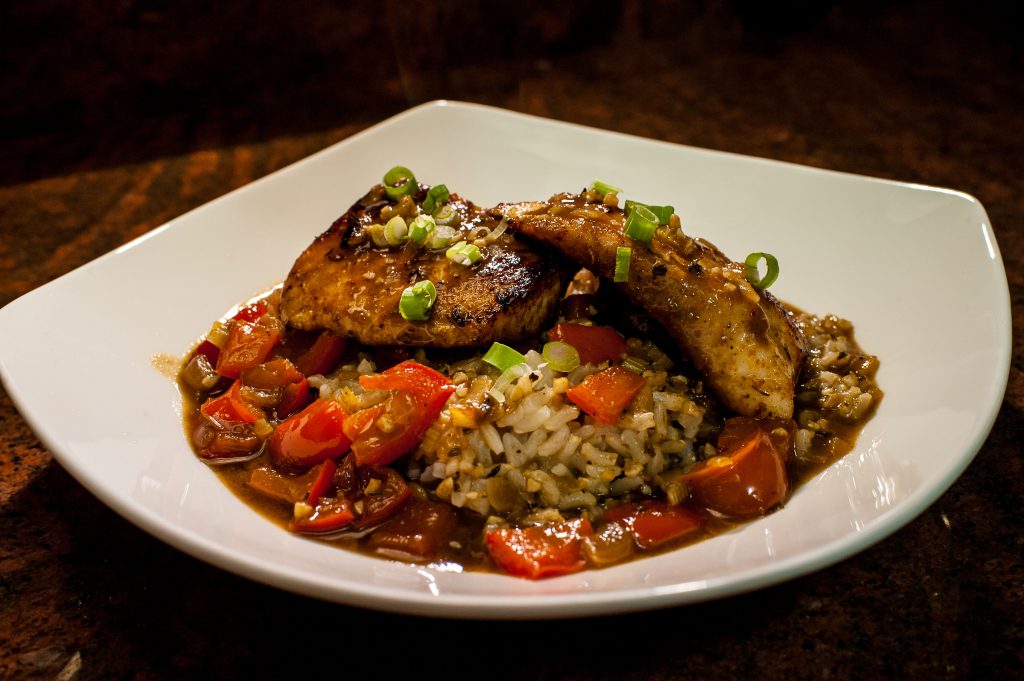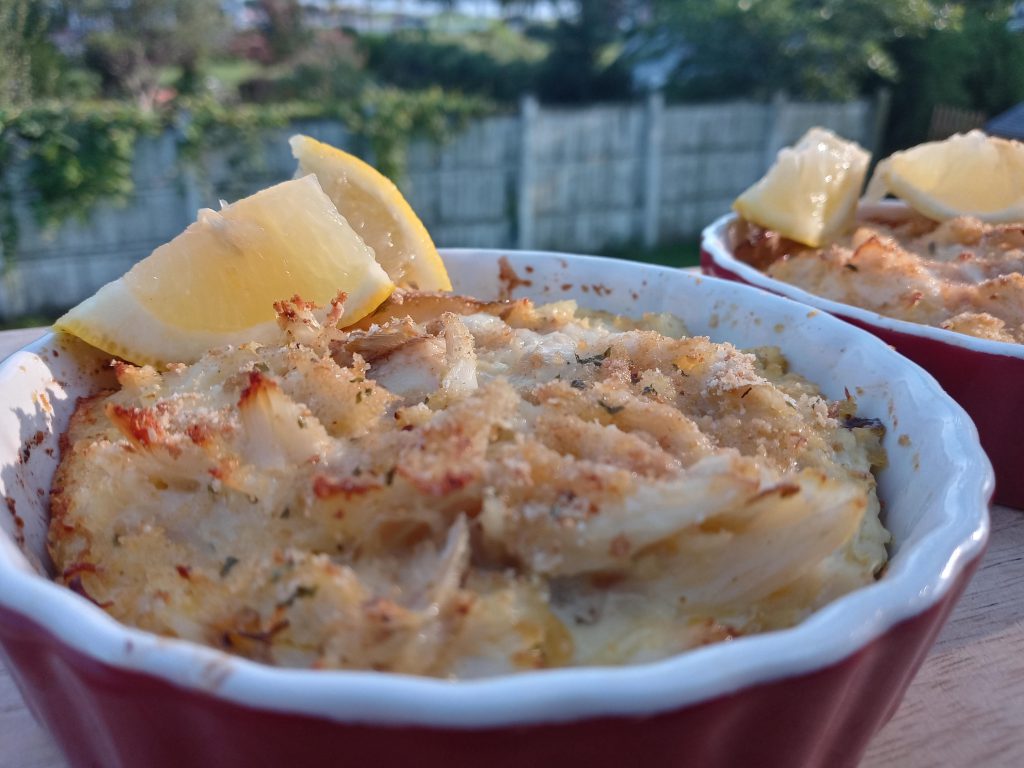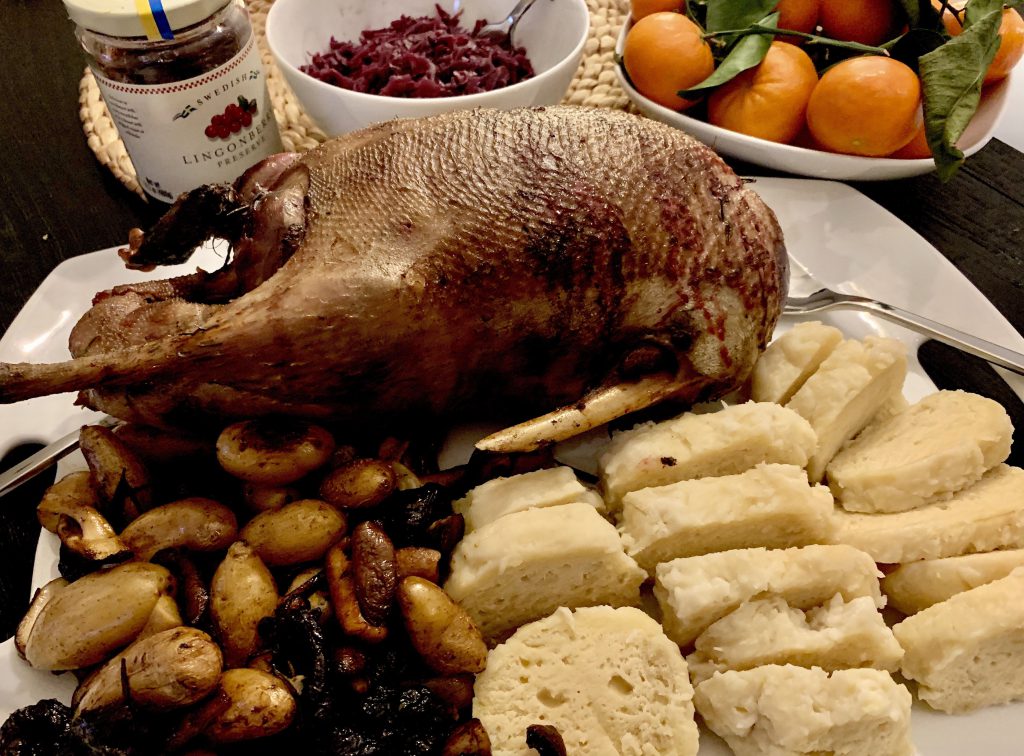Get a Taste of Wild Maryland
The Maryland Department of Natural Resources is proud to offer a sneak peak of its new cookbook, which will soon be available online. Wild Maryland includes recipes submitted by Maryland residents, featuring Maryland species. Recipes include waterfowl, seafood, deer, and other wild game. A section of recipes also features ingredients found while foraging in the wild.
The department put the call out for recipe submissions in Spring 2020, and about 75 recipes were submitted for consideration. Throughout the summer, a team of seven cookbook panelists, comprising experts at hunting and fishing, as well as wild game cooking enthusiasts, evaluated recipes sub-mitted by DNR employees and other Marylanders. Criteria for inclusion included use of species that call Maryland home, easy to follow cooking instructions, and specific measurements for ingredients.
The Wild Maryland website will include recipes that can be searched by species category, and a special resources section will be included with tips for wild foraging, directions for fileting a fish, a link to DNR’s Hunting and Fishing Guides, and more. In the meantime, here is a sneak peek of recipes to enjoy at your table this year!
Snakehead Etouffee by Peter Turcik
Ingredients
Fillets from one snakehead
1/4 cup oil or butter, plus 2 tablespoons butter 1/4 cup flour, plus 2 tablespoons
One medium onion
Two stalks celery
One bell pepper
2 cloves garlic, minced
1 bay leaf
3 tablespoons Graul’s cajun seasoning (more if desired)
1 quart stock (seafood best, but chicken or vegetable works too) 1/4 teaspoon gumbo file (optional) 2 cups cooked rice
Green onion, sliced
Directions
1. Remove organs from the fish carcass, season with salt and pepper, and add to a stock pot on medium-high heat with 3 quarts of water.
2. Bring to a simmer and reduce heat to medium-low until you have 1 quart of stock.
3. Roux – In a heavy dutch oven, combine 1/4 cup oil/butter with 1/4 cup flour (if using butter, melt first), whisk until combined. Place dutch oven in a preheated, 350-degree oven for 90 minutes, checking every 30 minutes, or until roux is a dark brown to brick red in color (the darker it is, the more flavorful; adding flour afterward will help thicken).
4. Move dutch oven to stove on medium heat. Add 2 tablespoons of flour and cook until no longer raw (1-2 minutes). Add the onion, celery, and pepper to dutch oven, and saute until soft (5-10 minutes). Add garlic, saute until fragrant (1-2 minutes), Cajun seasoning, and bay leaf. Add stock and bring to a simmer. Simmer for 30 minutes, or until sauce reduces and thickens. If you want it thicker, add gumbo file. Stir in 2 tablespoons of cold butter until melted and sauce is silky-smooth.
5. Heat saute pan on medium heat. Sear fish in pan until cooked through (3-4 minutes per side).
6. In a shallow bowl, spoon rice, place fish, pour sauce, and garnish with green onion.
Crab Imperial by Steven Doctor
Ingredients
1 pound crab meat
1 tablespoon mayo
2 tablespoons sour cream
1 egg
A shake or two of Old Bay seasoning
Lemon juice to taste, one half a tablespoon is a good start
Directions
1. Mix all ingredients and be sure not to shred the crab meat. You want to fold the ingredients in carefully. Add more sour cream if you want a looser consistency.
2. Top with a sprinkle of panko breadcrumbs.
3. Stuff a fish filet or butterflied shrimp with the mix, or put it in a crucible and bake until golden brown–about 10 to 20 minutes depending on the portion size. If you are going to stuff the shrimp, paint them with an egg wash and dip them in panko bread crumbs before you stuff. Don’t forget to invite me to dinner.
Roast Goose Served with Czech Style Bread Dumplings, Sauerkraut, and Jam by Gabrielle Perret
Ingredients
1 wild goose
2 tablespoons vegetable oil 1 orange, sliced in half
1 yellow onion, sliced in half 1 apple, quartered
Salt
For the brine:
Salt
1 gallon water
3/4 cup salt
1/2 cup sugar
Sage, bay leaves, rosemary, peppercorns, juniper berries, orange peels, and other herbs used with poultry (you can’t mess up this herbed brine!)
For the dumplings
Salt
5 slices soft white bread
3/4 cup milk
1 large egg
2 cups all purpose flour
1 teaspoon salt
1/2 teaspoon sugar
1/4 teaspoon baking powder
Directions
To roast the goose…
1. Mix brine ingredients in a large stock pot until the salt and sugar are dissolved. Prick the goose all over with a fork and submerge it in the brine for 24-36 hours.
2. Once the goose is brined, rinse and pat dry with paper towels.
3. Heat oven to 350. Heat oil over medium high until it shimmers. Sear goose on all sides.
4. Sprinkle goose with salt and place in a roasting pan. Stuff goose with orange, onion, and apple. Truss legs with kitchen twine.
5. Cook the bird for up to 30 minutes. Flip bird and cook until a thermometer reads 140 in the center of the breast. Don’t mea-sure on the leg. Goose meat is a red meat and tastes best served medium rare. Do not over cook goose, as flesh will turn grey and taste gamey.
6. When a thermometer reads 140 in the bird, remove from the oven and let the breast rest for at least 15-20 minutes. This lets the juices redistribute. Do not cut into the bird while it’s resting. Remember it is red meat so red/pink juice is what you want, not clear like chicken.
7. Drain pan juices into a serving cup to serve on sliced meat au jus!
To make bread dumplings (while goose is roasting)…
1. Remove crusts from bread and cube/shred into pieces.
2. Mix all dry ingredients together in a separate bowl.
3. Whisk milk and egg together in a separate bowl.
4. Mix wet mixture into the dry flour mixture until well incor-porated and sticky. Put plastic wrap over top and refrigerate the bowl for 30 minutes.
5. Put a large pot of water on to boil.
6. When the dough has rested 30 minutes, add dough to an electric mixer with the shredded white bread. Using a dough hook, knead 10 min-utes until well-incorporated.
7. Divide into two to four parts, depending on how big your stock pot is. Roll into logs and place into boiling water together. Reduce heat and simmer for 20-30 minutes. You can check doneness by taking one out and slicing it through the middle. It should be cooked and not doughy inside. If it’s still doughy, add the halves back into the pot.
8. When finished cooking, remove from water and cut into slices to serve.
9. Serve goose with dumplings, pan juice, jam, and red sauerkraut. Pairs well with medium-bodied red wine!
Article appears in Vol. 23, No. 4 of the Maryland Natural Resource magazine, winter 2021.



